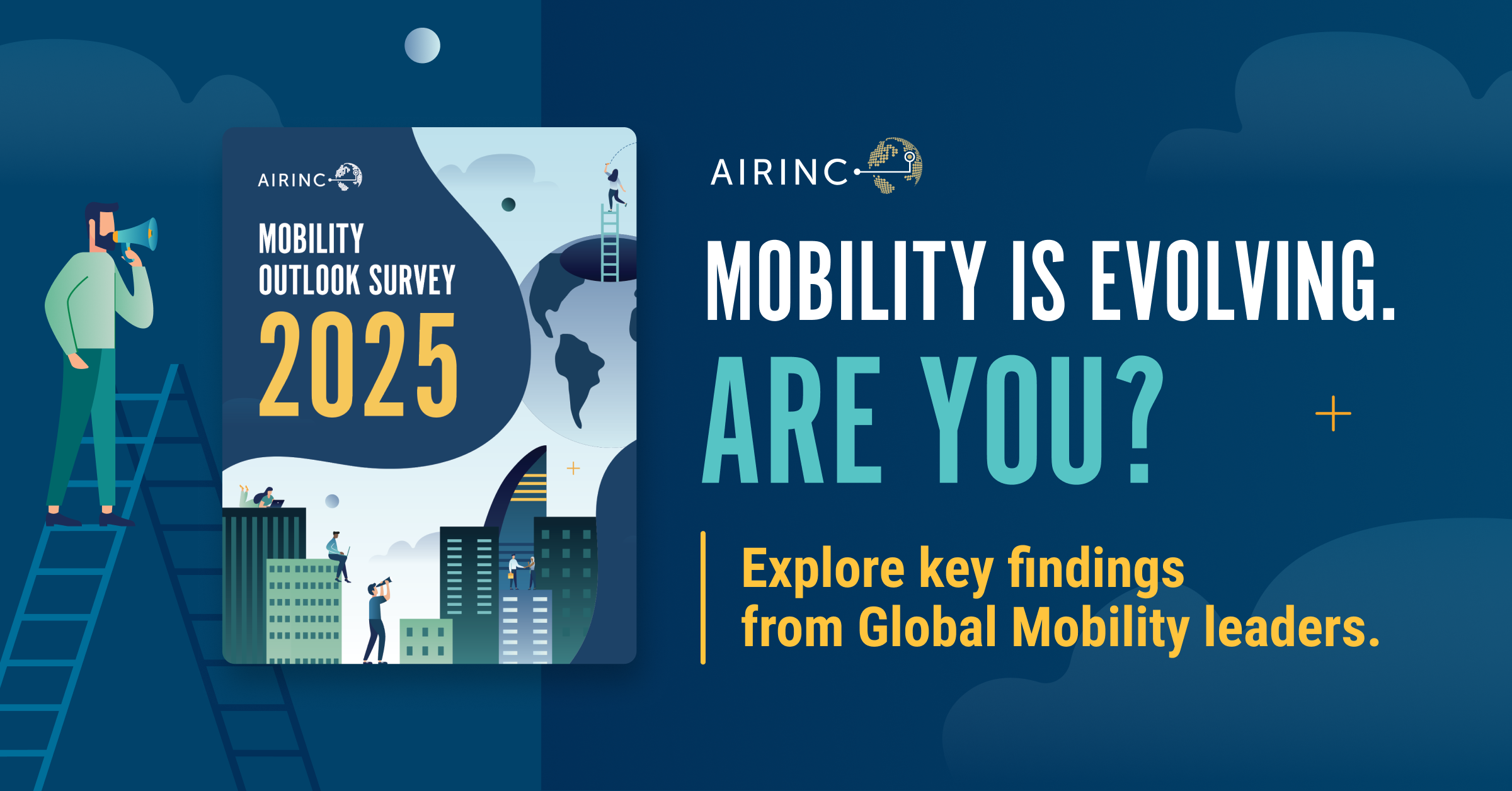During my recent meetings in Dubai, one theme came up again and again. Mobility teams across the GCC are being asked to move talent faster, more consistently, and with greater strategic intent than ever before. Whether organisations are building capability in Saudi Arabia, expanding hubs in the UAE, or managing growth across Qatar, Bahrain, Oman, and Kuwait, mobility is now a central enabler of the region’s transformation.
Economic diversification and investment programmes continue to reshape national priorities. Initiatives such as Saudi Vision 2030 are accelerating the need for cross-border skills and leadership capability. Yet even as the region evolves, many companies are still working with legacy processes, siloed decision-making, or policies that have not kept up with business demands. This is where a Mobility Mission Statement becomes an essential tool.
Why GCC Organisations Need This More Than Ever
Across the region, talent mobility pressures are increasing. We regularly see:
- Companies scaling quickly from a single country to multi-market operations
- High competition for specialist, technical, and leadership talent
- Nationalisation targets influencing mobility decisions
- The expectation for mobility to deliver both operational support and long-term capability building
- Enhanced focus on governance, cost control, and harmonisation across markets
In fast-growth environments, decisions can easily become inconsistent or overly dependent on individual interpretation. This often results in exceptions, unclear ownership, and uneven employee experiences. A clear mission helps mobility teams navigate these challenges with confidence.
What a Mobility Mission Statement Provides
A well-crafted mission statement gives clarity and direction by defining what mobility is there to achieve and how it partners with the business.
- Consistency across geographies - Mobility frameworks often evolve differently in the UAE, Saudi Arabia, and other GCC countries due to market conditions and talent requirements. A mission statement provides a shared foundation so decisions remain aligned even when local demands differ.
- Alignment with corporate priorities - Whether your organisation is focused on nationalisation, regional expansion, leadership development, or capability transfer, the mission ensures that mobility directly supports that strategy.
- Less friction and fewer exceptions - GCC organisations often rely on HR generalists or decentralised teams to manage mobility. A clear mission helps set expectations for managers, employees, and HR partners, which reduces negotiation and ambiguity.
- A shift from administration to strategic partnership - Mobility’s role in the GCC is expanding. It is increasingly recognised as a driver of business growth and workforce development. A mission gives mobility the narrative it needs to demonstrate its strategic value.
How to Build a Strong Mission Statement
Based on common themes across the GCC, an effective mission draws on:
- Policy benchmarking to understand market position
- Stakeholder feedback to capture real challenges and priorities
- Clarity on move types and objectives
- Corporate values and long-term talent strategy
This becomes the foundation for designing policy frameworks, governance models, and clear communication — essential for any organisation preparing to scale mobility.
A simple example might be:
“Our mobility programme enables the movement of talent that builds regional capability, supports national transformation, and delivers sustainable business growth across the GCC.”
Final Thought
The GCC is entering a new phase of economic development, and cross-border mobility will continue to play a crucial role in delivering that vision. A Mobility Mission Statement is a practical and strategic starting point for organisations that want to build a mobility function that is consistent, competitive, and aligned with business needs.
If your organisation is preparing for expansion across the GCC and you would like support in shaping a mobility mission that reflects your goals, I would be delighted to help.


%20(95)%20(1).png)


%20(83)%20(1).png)

